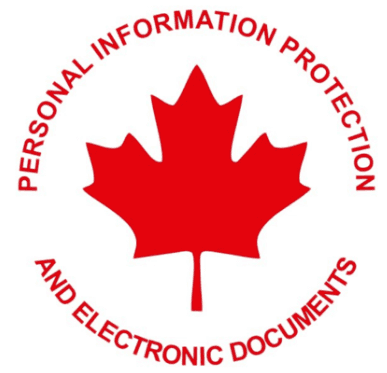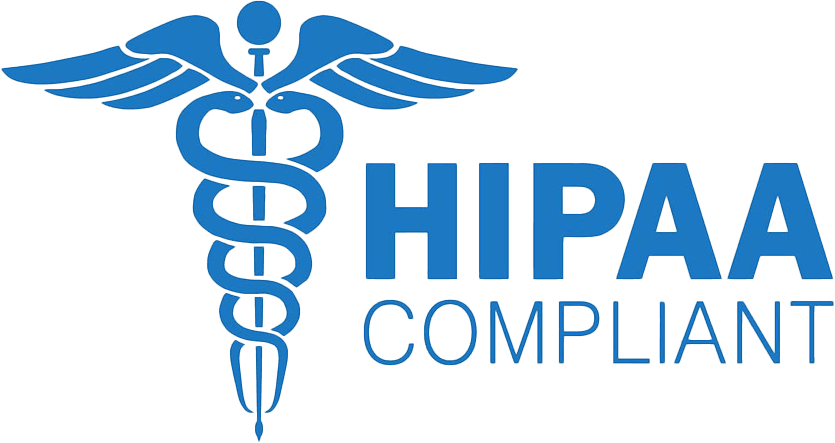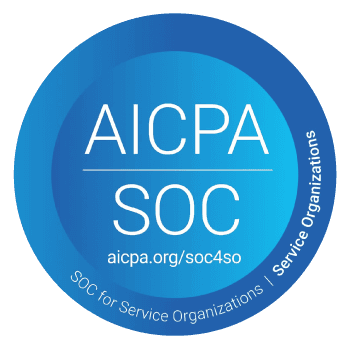Publish Date
2022-10-17
Challenges in Sales Strategies
No matter how prolific or successful, any company will tell you that 'making the sale' is an ongoing challenge. Interestingly, no one-size-fits-all sales strategy consistently outperforms the rest; Apple sets itself apart by creating a movement, for instance, while Starbucks leverages social media to generate excitement.
So, what's the key to building your own effective sales strategy? Often, the winning approach is to construct a complete sales cycle that incorporates the various stages of the buyer's journey—from building awareness and interest to fostering desire and, finally, driving conversions. Setting yourself apart from the rest depends on how well you execute each stage and the tools you use to automate your sales strategy.
Let's delve a little deeper into each stage and see what it takes to build an effective sales strategy that hits the mark.
Understanding the Sales Business Cycle
As a CEO, manager, or salesperson yourself, you are likely aware of the sales cycle; it's the stages that both the customer and your company traverse while moving toward a final purchase decision.
A sales business cycle focuses specifically on your company's steps to identify and qualify potential customers, build relationships, and close deals. The 7 stages are:
Prospecting – Looking for potential clients.
Making Contact – Reaching out to those clients.
Prospect Qualification – Understanding your target.
Nurturing Prospects – Presenting your offer and proving relevance.
Making An Offer – Providing clients with a solution and price.
Quieting Objections – Answering questions and quelling doubts.
Closing the Sale – Cha-ching!
Effective Sales Strategies and Processes
Remember, success is not just about going through the motions—it's about the processes you put in place for each stage of the cycle. That's what differentiates the best sales strategies from the rest. (Of course, it also helps to learn how buyers tick).
Ready to level up your sales game? Here are some process tips to get you started.
Automate Your Lead Qualification
Don't spend hours on this stage when you could be calling or meeting with prospects. Using sales automation is your ticket to efficiency—and these days, there are plenty of tools to choose from.
Hubspot, for instance, lets you create a custom set of criteria to qualify and prioritize leads automatically when they're added to your CRM. Our Lead Nurturing Wrkflow uses Hubspot combined with other useful tools to completely automate this process, granting you more time to focus on high-priority prospects.
Reinforce Trust and Build Relationships
Trust is the single most crucial element of any sales relationship. If your prospect doesn't trust you, they'll not do business with you, plain and simple.
But again, this takes time—so you'll need to find ways of speeding up the process without losing your human touch, like:
Sending automated emails and DMs that are worded conversationally and are programmed to include the recipient's name.
Automatically setting up calls and arranging meetings via accurately sourced contact details.
Automation of reporting to see bounce rates, open and click metrics, and adjust strategies on the fly.
Integrating your sales process with your CRM so you can keep track of every interaction in one place.
Our Customer Growth & Retention Wrkflow can even help to build and maintain trust after you've made the sale; you can automate follow-up messages, product updates, and customer satisfaction surveys to keep your business top-of-mind.
Stack the Odds in Your Favor: Use Sales Strategy Tools
Any salesperson will tell you that the key to closing more deals is building and maintaining relationships, qualifying leads, and knowing when to walk away. But with a little bit of help from technology, you can stack the odds even further in your favor.
Tools like ours can automate repetitive and time-consuming tasks so you can focus on the human element of selling, like building relationships and reinforcing trust. We've got an entire suite of Wrkflows that string together top-tier programs. Get an edge over the competition with a truly effective sales strategy.
Don't spend time entering data when you could be meeting with clients. Check out our Hybrid Automation Platform, and see how easy it is to take your sales game to the next level (without eliminating the human touch!)
Start Automating with Wrk
Kickstart your automation journey with the Wrk all-in-one automation platform







